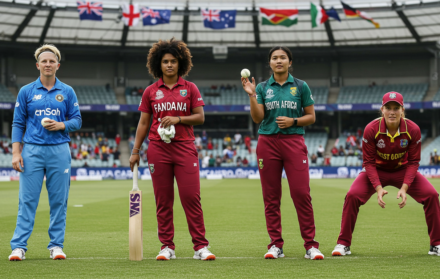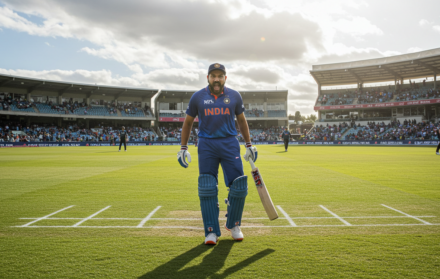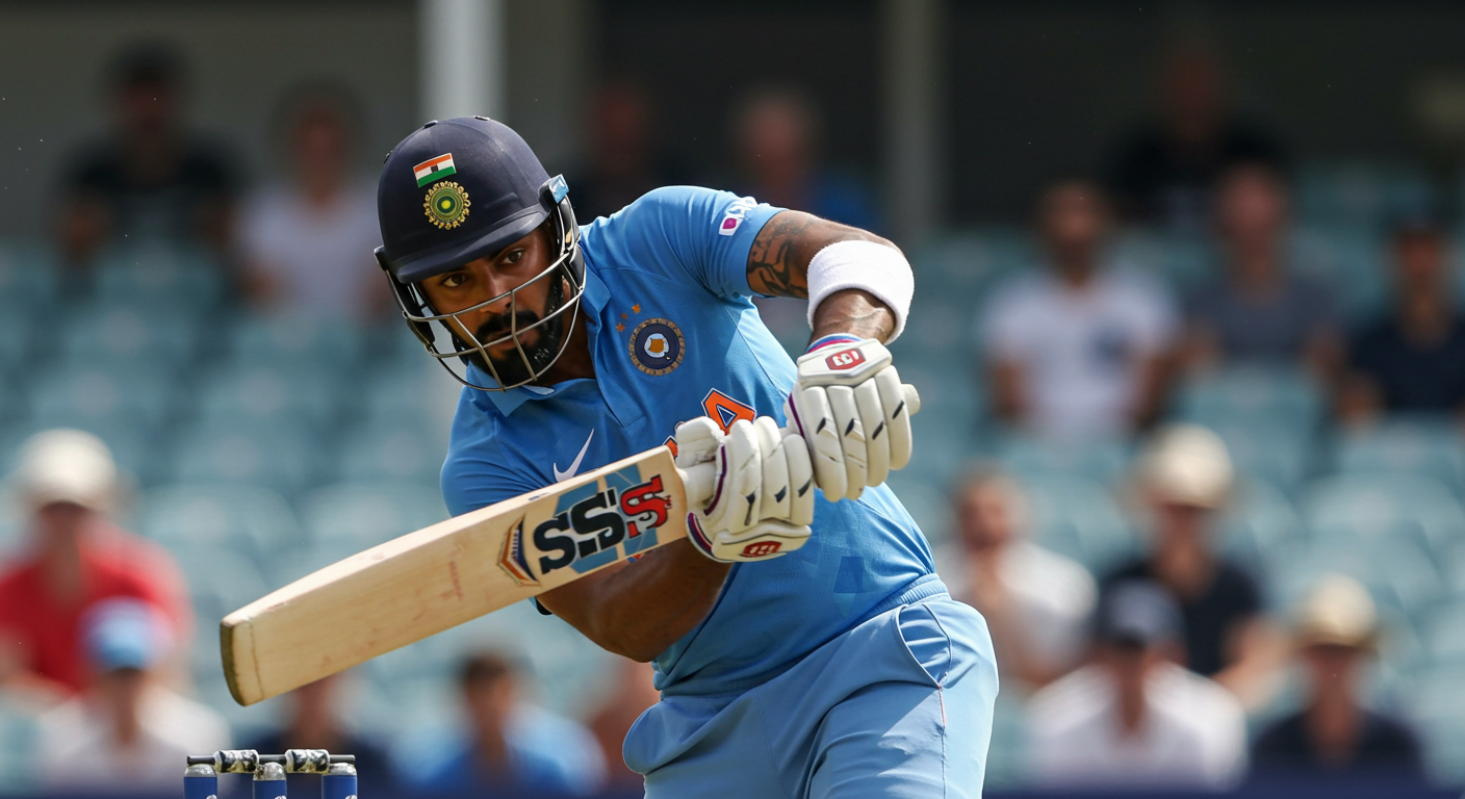
KL Rahul’s Versatility Across Formats: A Modern Batting Puzzle
KL Rahul is one of the most gifted batters of his generation. He has the technique to bat in whites, the range to excel in T20s, and the composure for ODIs. Yet, despite these attributes, Rahul’s career has often felt like a puzzle with too many pieces.
He’s opened, batted in the middle order, kept wickets, captained, and shifted formats regularly. The result is a player with undeniable talent but a career defined by movement rather than momentum.
At his best, Rahul is elegant, calculated, and dominant. His strokeplay is based on timing, not brute force. But inconsistency — both in form and role — has prevented him from locking down a single identity within the Indian setup.
This article breaks down KL Rahul’s performance across formats, examines his adaptability, and asks whether his versatility is an asset or a double-edged sword in modern international cricket.
Test Cricket: Technique Without Continuity

KL Rahul’s Test career has been anything but stable. He made a mark early with overseas centuries — at Sydney, Lord’s, and Centurion — all innings built on compact defence and the ability to leave well. At his peak, Rahul looked like a long-term opener across conditions.
But then came form slumps, injuries, and long spells out of the XI. When he returned, it was often in stop-start fashion — given a few Tests, then dropped again. The selectors’ reluctance to give him a fixed role only added to the inconsistency.
Technically, Rahul has the tools for red-ball cricket. He plays the new ball well, leaves outside off, and doesn’t rush his shots. But the mental discipline required to convert starts into big scores has been a missing link. His average, stuck in the 30s, reflects that inconsistency.
Despite flashes of brilliance, Rahul has never truly nailed down a spot in India’s Test top three. Too good to be left out, too uncertain to be automatic — that’s been the theme. The talent is unquestioned, but the stop-start nature of his red-ball career continues to limit his Test legacy.
ODI Cricket: Balance, Composure, and a Defined Role
If there’s one format where KL Rahul has found genuine stability, it’s ODIs. After initial uncertainty about his batting position, Rahul settled into the middle order — often at No. 5 — where he’s delivered consistent, match-finishing performances.
Unlike in Tests or T20s, the 50-over format suits his tempo. He starts steady, anchors when required, and accelerates smoothly. His ability to rotate strike through the middle overs and finish games under pressure has made him one of India’s most dependable ODI batters in recent years.
Rahul’s wicketkeeping has also added value. It’s not elite, but it’s tidy — and it offers India balance. With him behind the stumps, the side can play an extra batter or bowler depending on conditions. His presence gives the team flexibility without sacrificing control.
One of his most underrated skills in ODIs is his game awareness. Rahul often bats with the tail or rebuilds after top-order failures. He rarely throws away starts and has shown composure in high-pressure chases, especially in tournaments and series deciders.
For all the shifting roles he’s taken on, this version of KL Rahul — middle-order ODI anchor with gloves — may be his most complete and consistent self.
T20I Challenges: Impact Overshadowed by Role Confusion
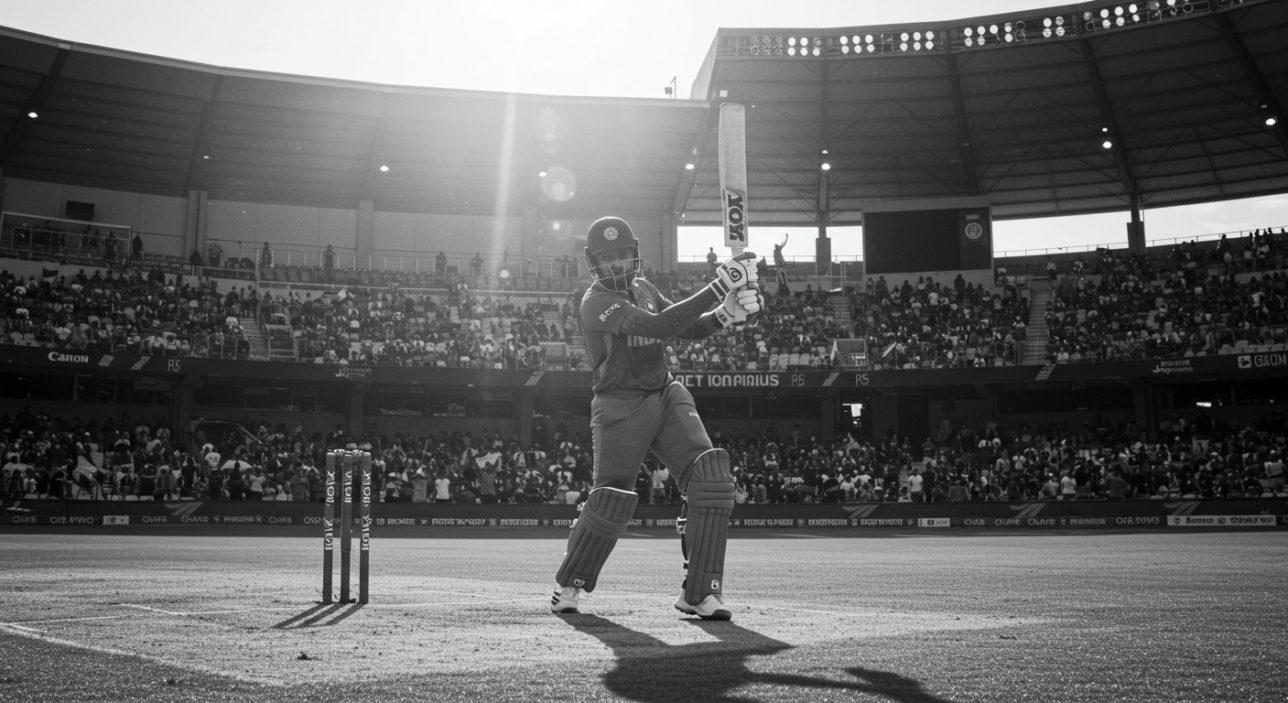
KL Rahul’s T20I numbers are solid on paper, but his impact has been a frequent point of debate. He’s opened regularly, scored at a decent strike rate, and averages in the mid-30s. But his intent — especially during powerplays — has come under heavy scrutiny.
At his best, Rahul is a fluent T20 opener. He plays classical cricket shots, paces his innings intelligently, and has the range to go over the top. But in recent years, his approach has been labelled “too conservative”, especially in high-stakes matches.
The bigger issue has been his inconsistent strike rate against top bowling attacks. When India have needed quick starts, Rahul has sometimes absorbed too many balls without pushing the tempo. In the IPL, he has faced similar criticism for anchoring too deeply and leaving too much for the finishers.
It’s not a lack of ability — Rahul can hit spin, pace, and rotate strike when in rhythm. But the challenge has been clarity. Is he an anchor or an aggressor? Should he bat through or explode early?
The lack of a fixed approach has made him less valuable than his numbers suggest. In T20 cricket, role clarity is everything — and Rahul hasn’t always had that.
IPL Career: Leadership, Runs, and Unanswered Questions
KL Rahul’s IPL career reflects both his strengths and the wider questions around his approach. He’s scored heavily — over 600 runs in multiple seasons — and led two franchises in Punjab Kings and Lucknow Super Giants. His record as a batter is statistically impressive. Yet the perception around him is mixed.
He’s often among the top run-scorers, but his strike rate frequently falls under scrutiny, especially during powerplays. Rahul’s approach has been to bat deep, anchor the innings, and build partnerships. While that works when others fire around him, it becomes a problem when quick runs are needed and he holds back too long.
As captain, he’s calm, measured, and respected by teammates. He’s led both sides into playoffs and has brought consistency to otherwise erratic teams. But critics argue that his leadership reflects his batting style — safe, structured, and at times, lacking urgency in T20’s fastest phases.
What the IPL has made clear is that KL Rahul is a high-volume scorer, but not always a high-impact one. His methodical style divides opinion — some see it as stability, others as inertia.
Until he adapts his intent, particularly against top bowling sides in pressure games, this paradox will persist: prolific, but not always game-defining.
Keeping Gloves and Batting Order Fluidity
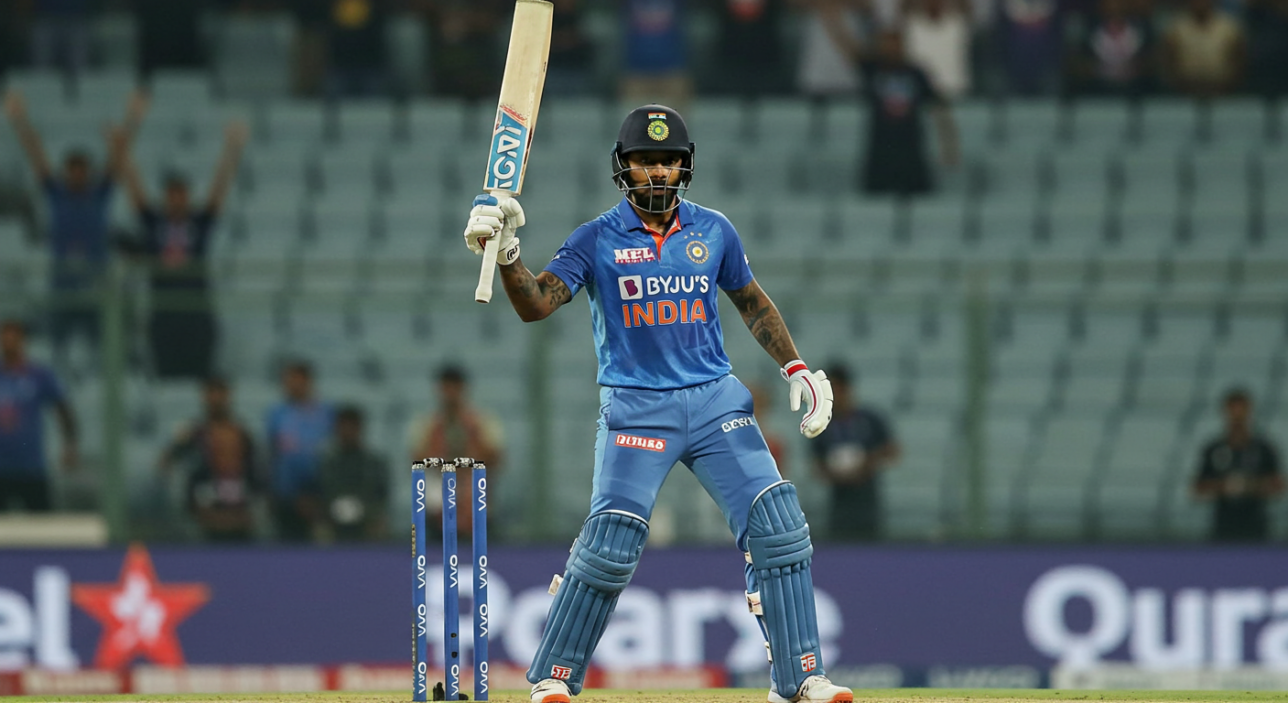
KL Rahul’s ability to keep wickets has helped him stay relevant across formats. He’s not a natural keeper, but he’s competent — which gives selectors options. Whether it’s in ODIs or the IPL, Rahul behind the stumps means the team can experiment with balance.
However, this dual role has also contributed to the identity issue. At times he’s an opener, at others a middle-order batter. Sometimes he’s the first drop, and at others, the designated finisher. While he’s capable of adapting, constant shifting has likely affected rhythm and role clarity.
Few players switch between such drastically different demands across formats. The mental toll is significant — open in Tests, anchor in ODIs, and shift between aggression and caution in T20s. Add the burden of keeping, and the margin for error narrows further.
Rahul’s flexibility has been a short-term asset but may be hindering long-term impact. He has rarely been given a run of games in one position with full backing. Versatility has made him useful, but not untouchable.
Going forward, settling into a fixed role — especially in white-ball formats — could help unlock his next level. Without a clear identity, Rahul risks being remembered more for adaptation than dominance.
Injuries, Comebacks, and the Pressure of Expectation
KL Rahul’s stop-start career has often been interrupted by injury. Groin strains, hamstring issues, and a major thigh surgery in 2023 have all disrupted his rhythm across formats. Each time he’s returned, the expectation is the same: perform immediately, regardless of match fitness or format.
Despite these setbacks, Rahul’s comebacks have been strong. He scored a century against Pakistan in the 2023 Asia Cup after injury layoff, showing he can still deliver at the top level. His ability to slot back into high-pressure games without extended run-up matches speaks to his temperament.
But injuries have also prevented Rahul from stringing together sustained stretches of form. Just as he begins to settle into a role, he’s sidelined — and that disrupts continuity. For a player whose biggest career challenge is clarity, these breaks make consistency even harder to achieve.
Physically, Rahul looks more robust now. He’s focused on fitness and has streamlined his workload, especially in red-ball cricket. But mentally, the pressure never goes away. Every comeback innings is treated like a verdict — either you’re back, or you’re gone.
For KL Rahul, resilience has become as important as runs.
The Legacy Question: Specialist or Utility Player?
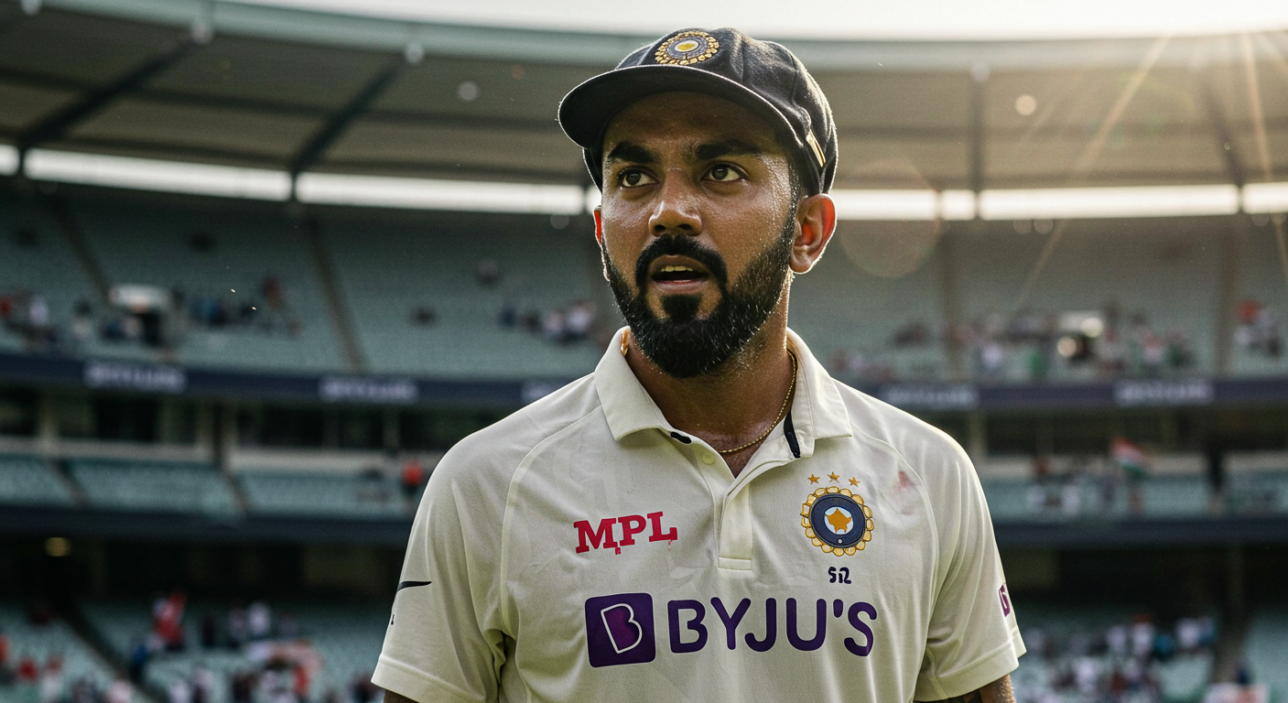
KL Rahul’s numbers across formats are good — sometimes even great. He has Test centuries in England and South Africa, ODI hundreds in high-pressure games, and several standout IPL seasons. Yet he remains a player hard to define.
Is he a red-ball opener, a middle-order ODI anchor, or a flexible T20 contributor? Or all three? That uncertainty reflects a broader truth: Rahul’s career has been shaped more by team requirements than personal consistency.
His versatility has kept him in the squad, but lack of a singular identity has kept him from becoming a foundational player — someone like Rohit, Kohli, or Bumrah, who are automatic selections when fit.
The upside? He fits into almost any combination. The downside? He’s rarely built a role around himself.
At 32, Rahul still has time to define what he wants to be — and how he wants to be remembered. But that window won’t stay open forever.
The next phase of his career needs focus, not flexibility.
Conclusion: Solving the KL Rahul Puzzle
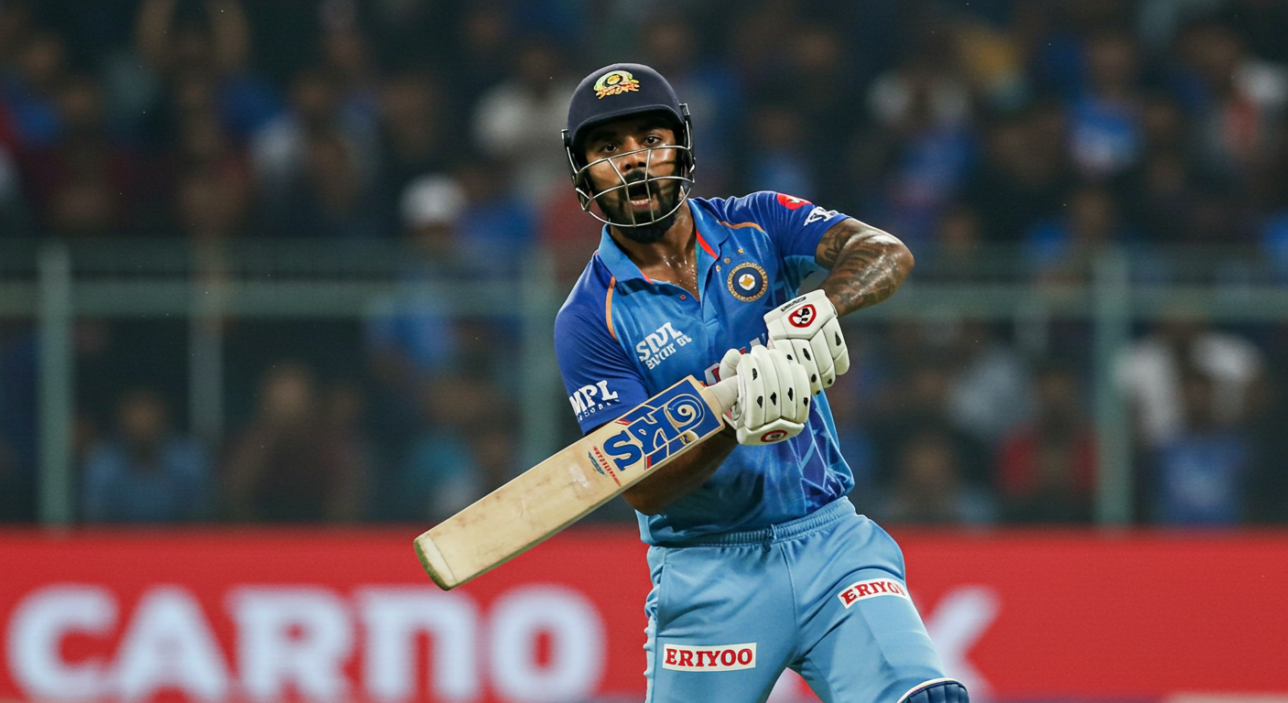
KL Rahul is a rare talent — stylish, composed, and capable of delivering across all formats. But the defining theme of his career has been movement: between roles, formats, and expectations. He’s adapted to everything, but rarely made a position his own.
Versatility has kept him relevant. But it’s also blurred his impact. When used as a floater, he’s often been effective — just not dominant. In modern cricket, where defined roles often lead to clearer success, Rahul has remained the exception who still needs definition.
He has the skills to be a red-ball opener, the patience to be a No. 5 in ODIs, and the tools to thrive in T20s — but unless he fully commits to one identity, he risks being a long-term backup rather than a first-choice name.
For Indian cricket, KL Rahul offers balance. For KL Rahul himself, the challenge is now legacy.
Does he want to be remembered as the adaptable talent who filled gaps? Or the player who finally claimed and owned a role on his terms?
That’s the puzzle — and only Rahul can solve it.


